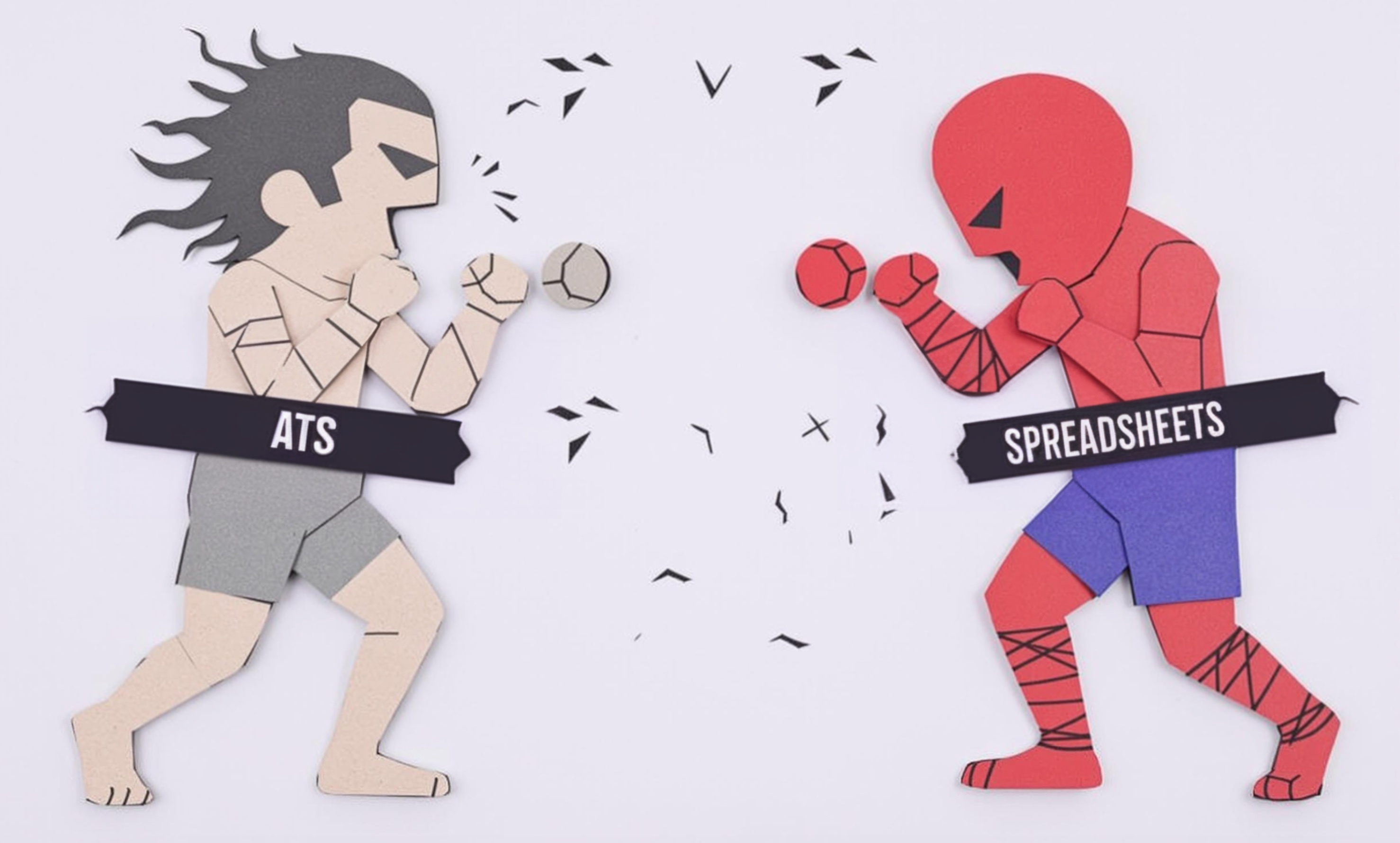
Scatter Plot
A Scatter Plot is a common way to show relationships between different pieces of information visually. Think of it like plotting points on a map - each dot represents two pieces of information (like sales vs. customer age). Analysts and researchers use scatter plots to spot patterns, trends, and connections in data that might not be obvious when looking at numbers alone. It's similar to other data visualization methods like line graphs or bar charts, but scatter plots are especially good at showing if two things are related to each other. When you see this on a resume, it usually means the person knows how to analyze data and create visual presentations to help others understand complex information.
Examples in Resumes
Created Scatter Plot visualizations to analyze customer behavior patterns
Used Scatter Plot and Scatter Diagram analysis to identify sales trends across regions
Developed interactive Scatter Plots to present findings to senior management
Typical job title: "Data Analysts"
Also try searching for:
Where to Find Data Analysts
Online Communities
Professional Networks
Learning Resources
Example Interview Questions
Senior Level Questions
Q: Can you explain a time when you used scatter plots to solve a complex business problem?
Expected Answer: A strong answer should include examples of using scatter plots to identify trends, make business recommendations, and communicate findings to stakeholders. They should mention how they turned data insights into actionable business decisions.
Q: How do you determine when a scatter plot is the best visualization choice for your data?
Expected Answer: Should explain that scatter plots are best for showing relationships between two variables, detecting patterns, and identifying outliers. Should mention alternatives and why scatter plots might be better or worse in different situations.
Mid Level Questions
Q: How would you explain a scatter plot to someone who's never seen one before?
Expected Answer: Should be able to explain in simple terms how scatter plots work, what the axes represent, and how to interpret different patterns (clustering, trends, outliers) without using technical jargon.
Q: What tools have you used to create scatter plots?
Expected Answer: Should be familiar with common data visualization tools like Excel, Tableau, or similar software, and be able to explain their experience creating and modifying scatter plots in these tools.
Junior Level Questions
Q: What information can you get from a scatter plot?
Expected Answer: Should mention basic concepts like positive/negative relationships between variables, clustering, and outliers. Should be able to describe what different patterns in the dots mean.
Q: When would you use a scatter plot instead of a line graph?
Expected Answer: Should explain that scatter plots are good for showing relationships between two variables and identifying patterns, while line graphs are better for showing changes over time.
Experience Level Indicators
Junior (0-2 years)
- Basic data visualization creation
- Understanding of basic statistical concepts
- Ability to use Excel or similar tools
- Basic data cleaning and preparation
Mid (2-5 years)
- Advanced visualization techniques
- Multiple visualization tool proficiency
- Pattern recognition in data
- Effective communication of findings
Senior (5+ years)
- Complex data analysis leadership
- Strategic insight development
- Team training and mentoring
- Advanced statistical analysis
Red Flags to Watch For
- Unable to explain basic visualization concepts
- No experience with data analysis tools
- Lack of statistical understanding
- Poor communication of technical concepts to non-technical audience
Related Terms
Need more hiring wisdom? Check these out...

Beyond Spreadsheets: Why Executive Dashboards in ATS Systems Are Your Secret Hiring Weapon

The Cryptic Secrets of Data-Driven HR: Metrics that Actually Matter (and Some That Might Make You Laugh)

Why Your Hiring Spreadsheets Are Secretly Sabotaging Your Recruitment

